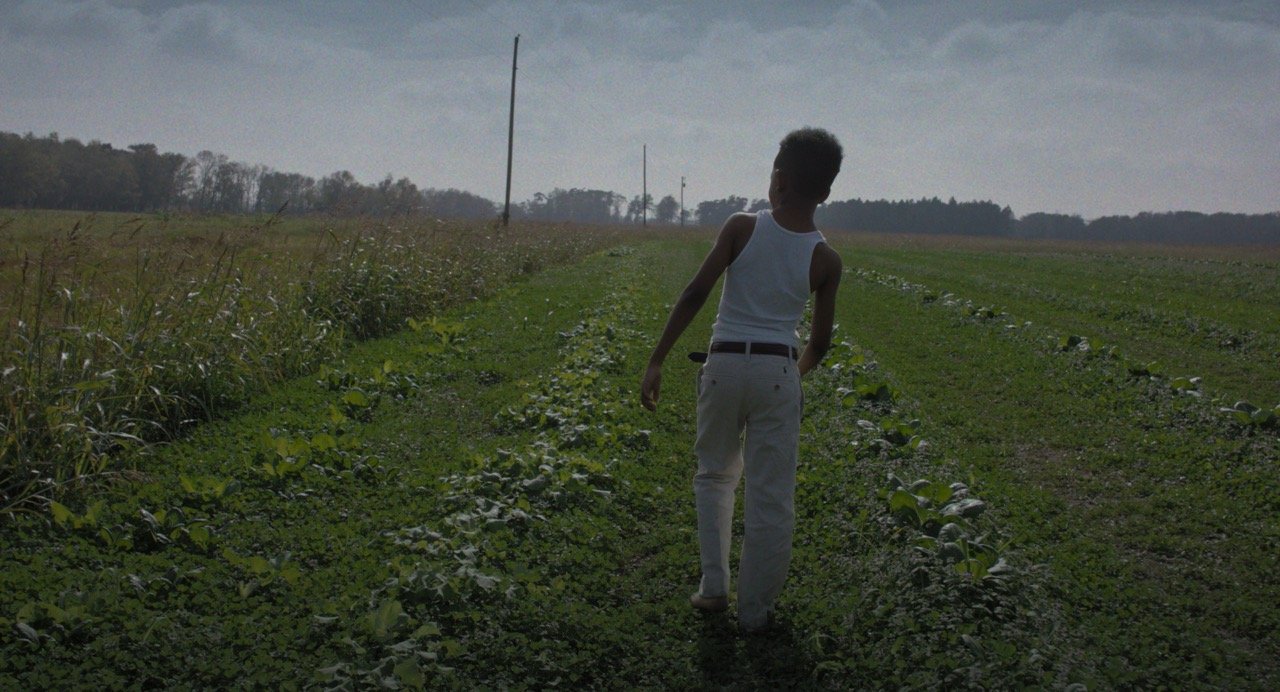Burning Cane
Burning Cane (Phillip Youmans, 2019)
★★★
One of the first things that will be mentioned in any discussion of Burning Cane is that it was made when its writer-director Phillip Youmans was only seventeen, during his final year of high school (he’s now a nineteen-year-old film student at NYU). Young filmmakers like him pop up every so often and surprise the world with improbably mature or accomplished debuts. Samira Makhmalbaf’s The Apple (1998) and Xavier Dolan’s I Killed My Mother (2009) are two examples from recent decades; there’s quite a history of it in American independent cinema (to which Burning Cane firmly belongs), where those such as Kenneth Anger, Chantal Akerman, Matty Rich and Harmony Korine made significant films while still in their teens or early twenties.
Assessing films by young directors can sometimes be tricky because the knowledge of their age can cloud your judgment of it (presumably why Amy Taubin found Burning Cane ‘almost impossible to see [...] for itself’). We tend to be more alert, whether we like it or not, for signs of maturity and immaturity: Did the director do such and such because of their age, or in spite of it? Wary of underestimating or overselling the work, we might find ourselves second-guessing, or distractingly trying to separate the film from its maker. But in the case of Burning Cane, the director’s youthfulness feels so deeply embedded in the film that it would not only be pointless, but counterproductive, to try and ignore it. It’s not just context; it’s there on the film’s surface.
The sparse narrative of Burning Cane unfolds in fragments, observing three characters in a black Baptist community in rural Louisiana. Reverend Joseph Tillman (Wendell Pierce) delivers emphatic sermons in his church but struggles to cope with the death of his wife outside of it, his bitterness at the world growing with each swig from his flask. Daniel Wayne (Dominique McCellan) is racked by his perceived failure to live up to his father’s legacy, and wastes away at home with a bottle in his hand, often forcing his young son Jeremiah (Braelyn Kelly) to drink from it too. Connecting these men is widow Helen (Karen Kaia Livers), a friend to the reverend and a mother to Daniel; she’s a devout churchgoer who clings to the hope that the two men may be saved from their demons, just as she hopes that her ailing dog may be healed of its mange.
Much of what we see here – from the impoverished Southern milieu to the characters’ relationships and crises of faith – is well-worn territory in American films and literature. But the manner in which Youmans navigates this material feels new. The film’s setting is given a timeless quality, which suggests the community’s economic stagnation as well as the lingering effects of racial oppression in the American South. The locations all look like they may have looked generations ago, and the technology in the film is noticeably outdated (VHS tapes, rotary phones, not a computer or mobile phone in sight). If not for a few glimpses of cars and objects which hint at the present day, there’d be no telling whether the film is set today or decades past. Moreover, Youmans’ camera (operated by the director himself) doesn’t show us this world with any sort of assurance; it tiptoes, peeks, and cowers through it. There’s an unstudied vagueness in the film’s images – how the camera peers at characters through gaps in doorways and curtains; the way it hovers too far back at times, and unnecessarily close at others; or how it seems to accidentally let a character slip out of frame, only to find them again with an unsteady pan or a cut. It’s a distinctly uncertain, childlike way of looking.
This is particularly evident in the scenes in Daniel’s home, where the camera often hangs back with trepidation, as if it fears being there. When it films Daniel from behind as he washes dishes, the zoom lens twitches nervously in and out, trying to find the right distance; when he later assaults his partner (E’myri Crutchfield) in a fit of rage, the image is punctuated by stabs of black, and the camera violently recoils, eventually fleeing the scene as she flees from his fists. In the film’s opening voiceover, Helen recounts the many remedies she’s tried to cure her dog’s rash: borax, apple cider vinegar, sulfur soap, vegetable oil, honey, prayer; nothing works, but she keeps trying nonetheless. Youmans likewise has no answer for his characters’ predicaments – but his camera continually searches, trying to understand their troubled lives and histories, grappling with the moral consequences of their actions.
In the end, the film’s style isn’t quite able to overcome the familiarity and sameness of its narrative. The lack of tonal variation becomes wearying despite the slender running time of 78 minutes, and the film’s sound design, while distinctive (the majority of the dialogue is mixed to sound ‘as recorded’, with the room ambience made prominent), often renders the imagery banal. Despite these shortcomings, Burning Cane is a remarkable, mature film. But its maturity is less evident in its powers of observation – or in any obvious markers of sophistication – than in Youmans’ willingness to embrace his own uncertainties about the world and put them on the screen.

